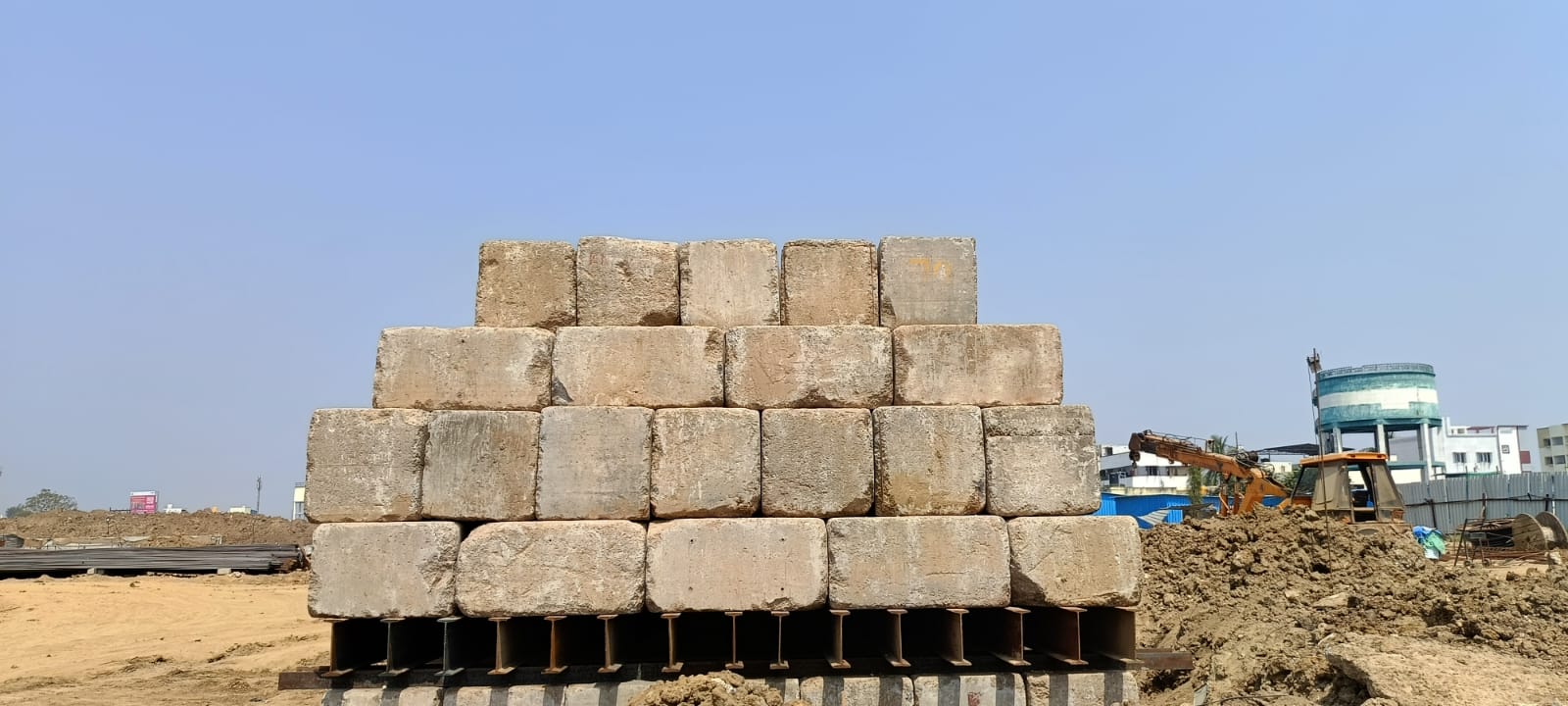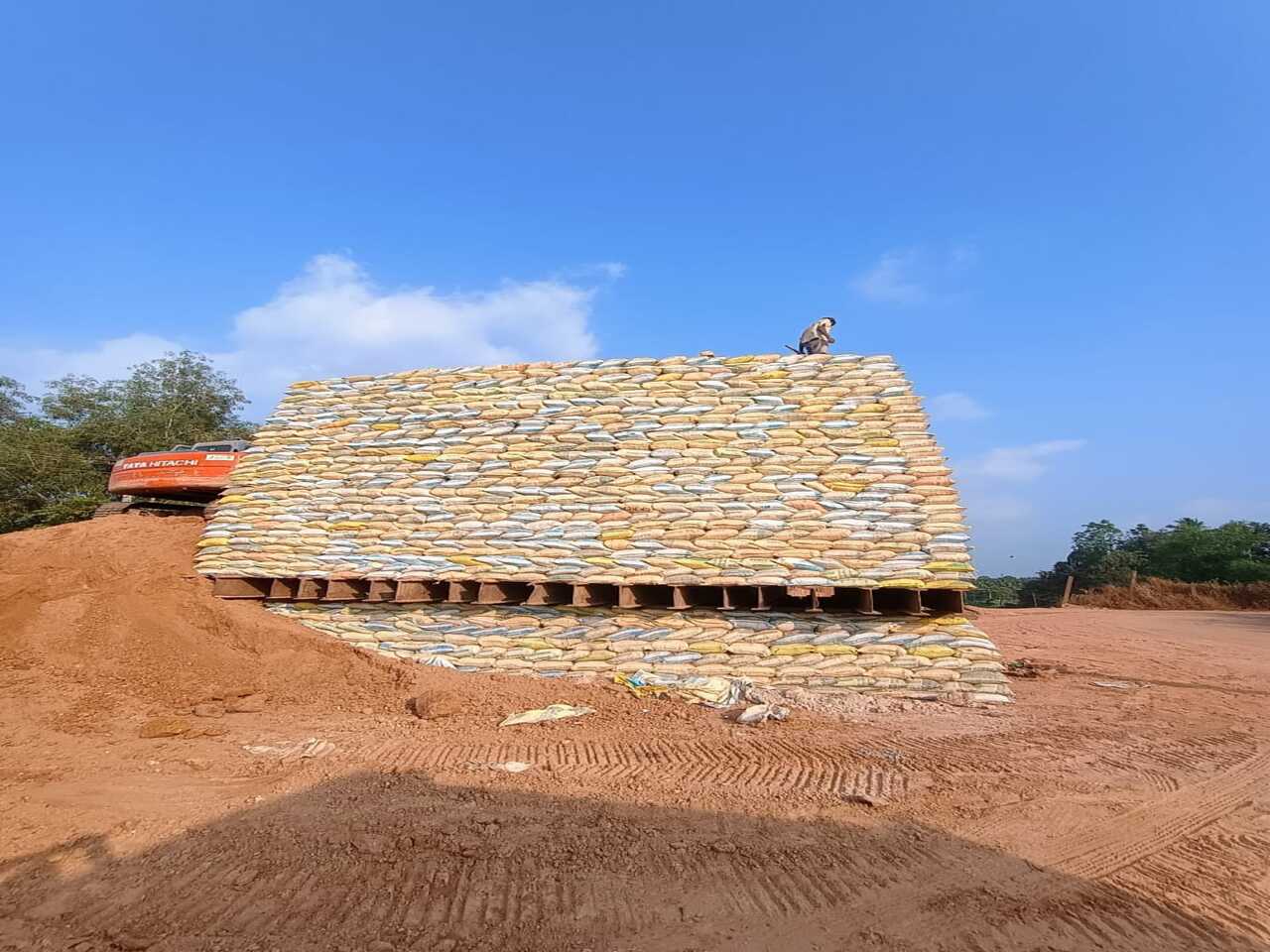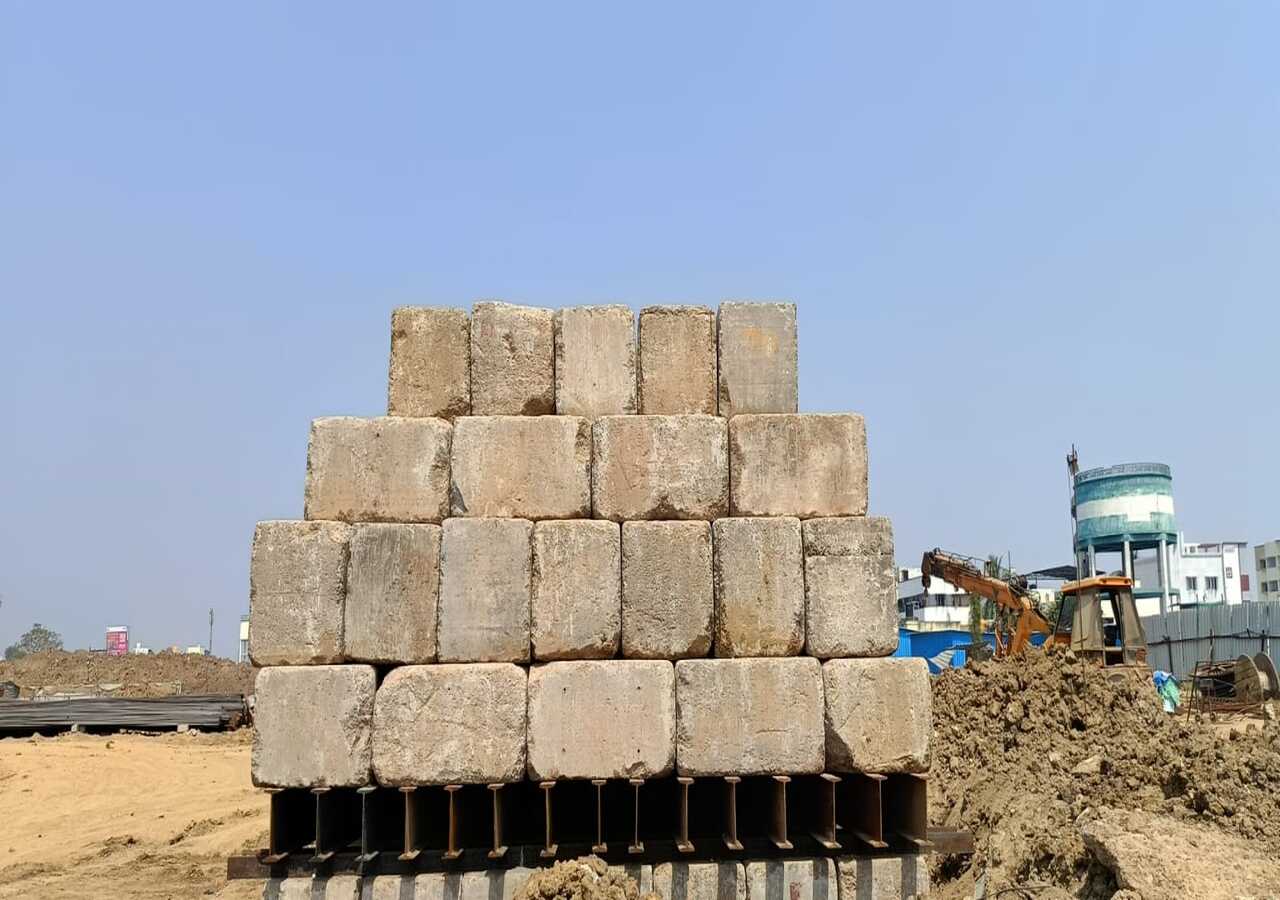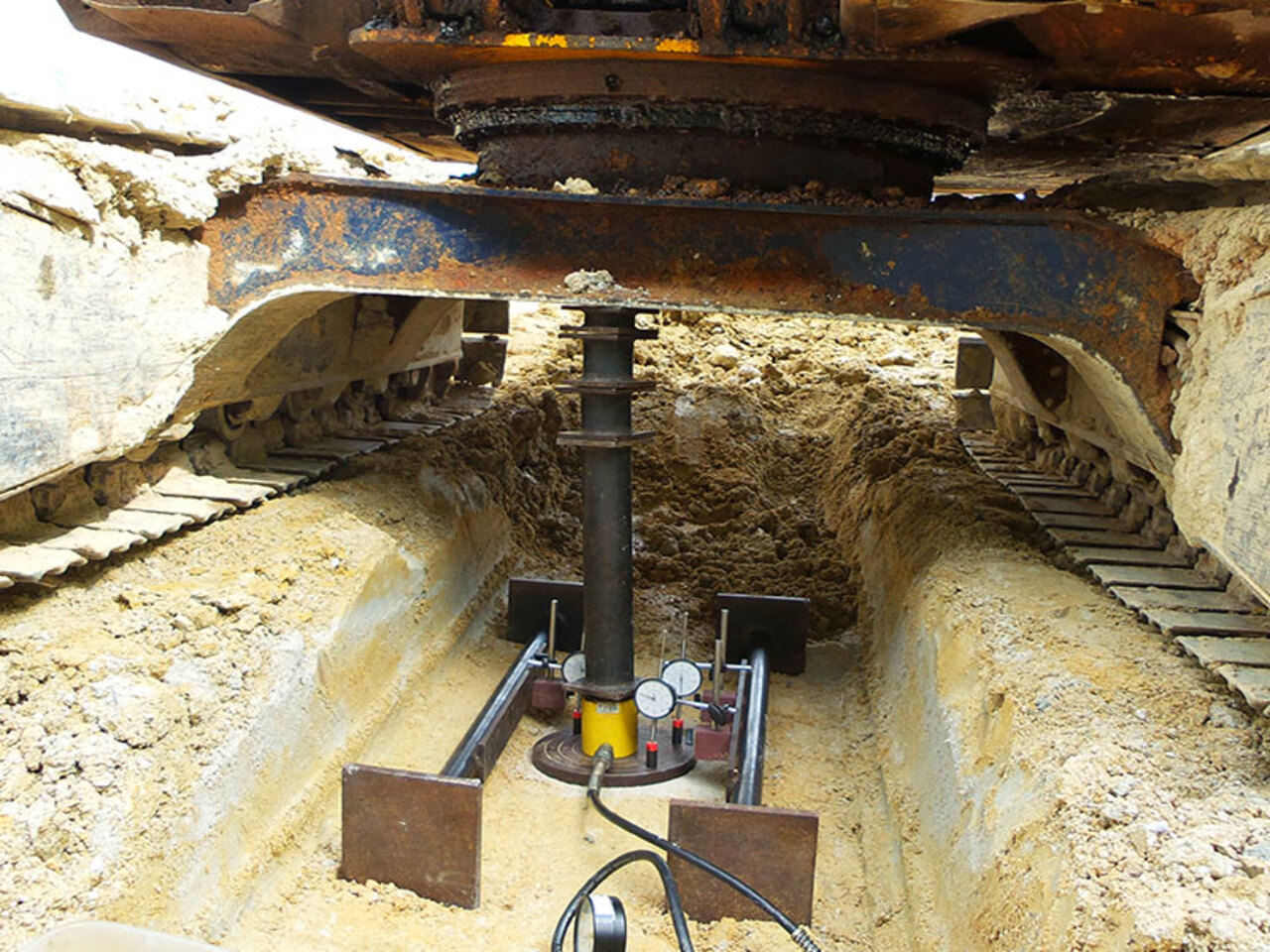Pile Load Test
A pile load test evaluates the load capacity of piles to ensure structural integrity and safety
during construction projects.




Detail Services
The pile load test is an essential procedure for evaluating the load-bearing capacity of installed piles in foundations. This process begins with a comprehensive site assessment to identify specific piles for testing and determine load requirements. After preparing the site, a hydraulic loading system is employed to apply a controlled load to the pile.
The load is gradually increased while monitoring the resulting settlement using precision instruments. Typically, both static and dynamic load tests are conducted to assess the pile’s performance under various conditions. Data collected during these tests provides critical insights into the pile’s capacity, helping engineers verify its suitability for the intended application.
The pile load test is a crucial procedure used to evaluate the load-bearing capacity of piles installed in foundations. The testing process begins with a detailed site assessment to determine the specific piles to be tested and the load requirements. Once the site is prepared, a hydraulic loading system is used to apply a controlled load to the pile.
Pile load testing offers several advantages, including verification of the pile’s load-bearing capacity and identification of any potential issues before construction. It ensures that the foundation will perform as expected under operational loads, providing peace of mind for engineers and clients. Additionally, the testing process can help optimize the design of the foundation, potentially reducing costs and improving overall project efficiency.

Load Verification
Testing Methods: ● Static Vertical Load Test (IS 2911) ● High Strain Dynamic Pile Testing (ASTM 4948) ● Lateral Load Test (IS 2911) ● Pull-out Load Test (IS 2911) ● Crosshole Sonic Logging Test (ASTM D6760)
